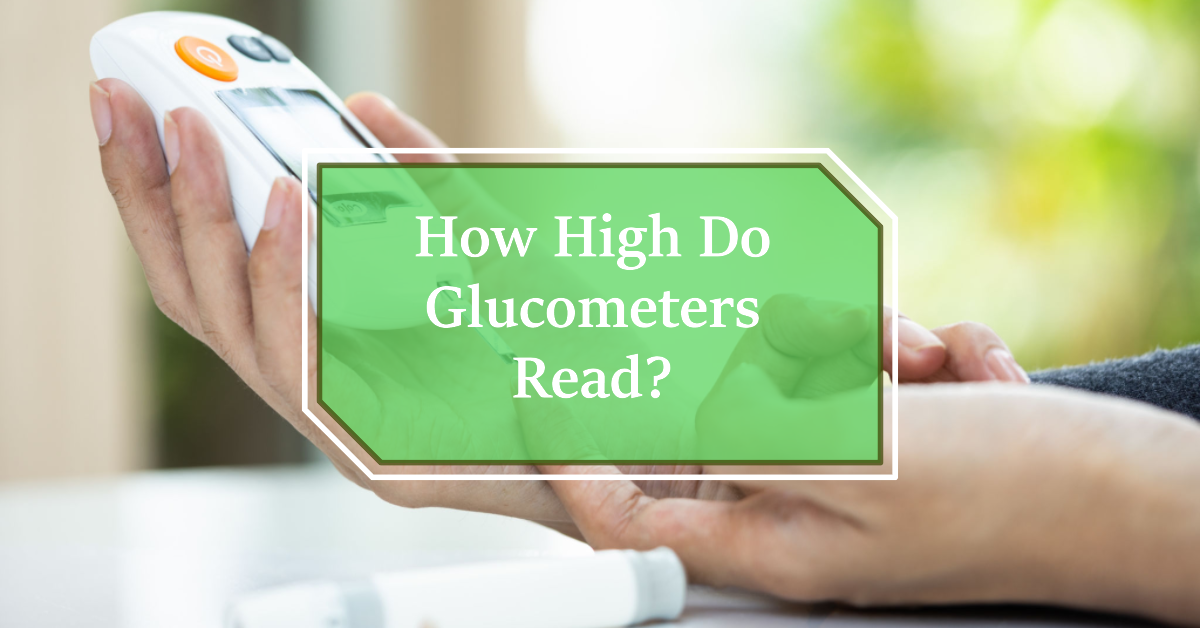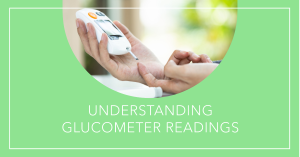
In diabetes management, glucometers play a vital role in monitoring blood glucose levels. These compact devices provide quick and accurate readings, allowing individuals to track their blood sugar levels and make informed decisions about their health.
However, many people often wonder, “How high do glucometers read?” In this comprehensive guide, we will delve into the details of glucometer readings, explore their upper limits, and shed light on the factors that may affect the accuracy of these measurements.
How High Do Glucometers Read: Understanding Glucometer Readings

Before we explore the upper limits of glucometer readings, it’s essential to grasp the basics of how these devices operate. Glucometers work by analyzing a small blood sample obtained through a finger prick. The blood sample is placed on a test strip, which is then inserted into the glucometer.
The device measures the glucose concentration in the blood and displays the result on its screen. Most glucometers provide readings in milligrams per deciliter (mg/dL) or millimoles per liter (mmol/L).
Upper Limits of Glucometer Readings
Glucometers are designed to measure blood glucose levels within a specific range. While the exact upper limit may vary slightly between different models and manufacturers, the typical upper limit for most glucometers is around 600 mg/dL or 33.3 mmol/L.
It’s important to note that the device may not accurately capture readings beyond this range. Therefore, in cases where blood glucose levels exceed the upper limit, alternative methods such as laboratory testing may be necessary to obtain precise measurements.
Factors Affecting Glucometer Accuracy
Although glucometers are reliable tools for day-to-day glucose monitoring, several factors can affect their accuracy. It is crucial to consider these factors to ensure the reliability of the readings obtained.
1. Hematocrit Levels:
Hematocrit refers to the proportion of red blood cells in the blood. If an individual has abnormally high or low hematocrit levels, it can impact the accuracy of glucometer readings. Some glucometers are designed to adjust for hematocrit levels, but it’s advisable to consult the device’s user manual or healthcare provider for specific instructions.
2. Altitude and Environmental Conditions:
Glucometers rely on specific temperature and humidity ranges to function optimally. Extreme altitudes or environmental conditions outside the recommended range may affect the accuracy of readings. It’s important to store and use the device as per the manufacturer’s guidelines.
3. Test Strip Quality:
The quality and condition of the test strips used in glucometers can significantly impact the accuracy of the readings. Using expired or damaged test strips may lead to erroneous results. Handling and storing the test strips properly is essential, following the manufacturer’s instructions.
4. User Technique:
A proper technique during blood sample collection and testing is crucial for accurate glucometer readings. Inadequate blood volume, improper finger pricking, or incomplete sample application can affect the reliability of the results. Users should carefully follow the instructions provided with the device to ensure precise measurements.
Incorporating Glucometer Readings into Diabetes Management
Glucometer readings provide valuable information that can help individuals with diabetes manage their condition effectively. By regularly monitoring blood glucose levels, individuals can make informed decisions about medication, diet, and physical activity to maintain optimal health. It is essential to work closely with healthcare professionals to establish target ranges for blood glucose levels based on individual circumstances.
Conclusion: How High Do Glucometers Read?
In conclusion, understanding how high glucometers read is crucial for individuals with diabetes or those at risk of developing the condition. While glucometers have an upper limit for accurate readings, they remain valuable tools for day-to-day glucose monitoring. By considering factors that may affect the accuracy and employing proper techniques, individuals can obtain reliable results and make informed decisions regarding their diabetes management.





